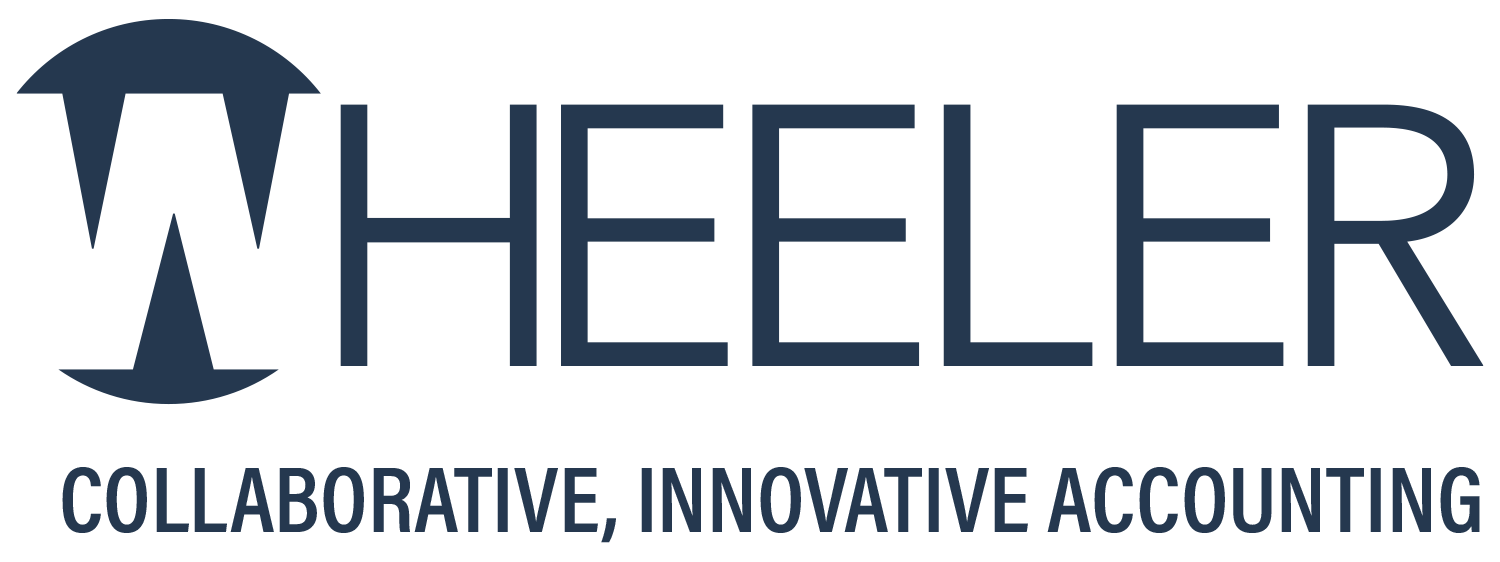Do you have a health Flexible Spending Account, Health Savings Account or similar plan through your employer? The IRS is warning about misinformation that could lead to serious mistakes.
Nonmedical nutrition, wellness and exercise expenses that aren’t explicitly related to a medical diagnosis or treatment aren’t reimbursable under these plans. But that hasn’t stopped certain bad actors from offering to provide a “doctor’s note” (for a price) that they claim would authorize health reimbursement plans to accept ineligible expenses, such as for nonmedical food that doesn’t satisfy normal nutritional needs.
To review the IRS’s related FAQs: https://www.irs.gov/individuals/frequently-asked-questions-about-medical-expenses-related-to-nutrition-wellness-and-general-health
Photo by rawpixel from Freerange Stock




